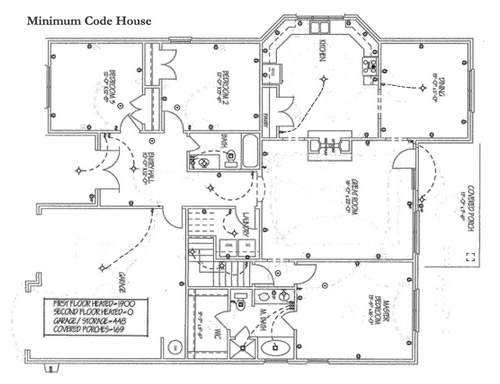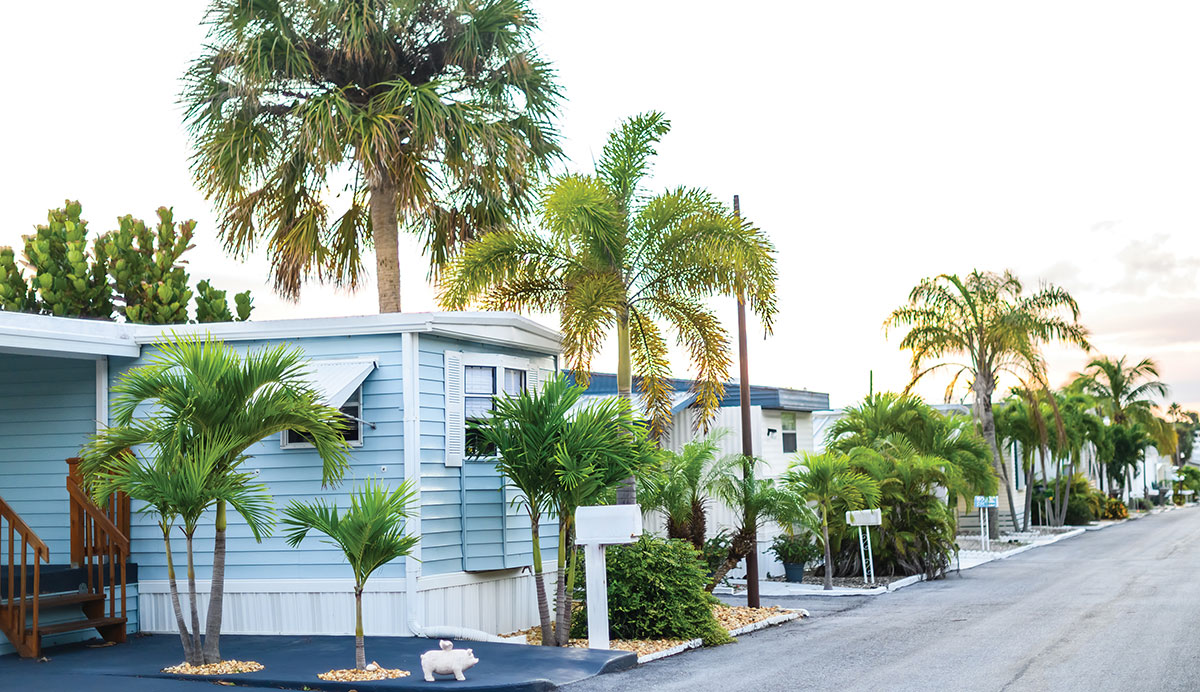Economic pressures come and go and can have devastating impacts to many across the United States; when these pressures cause a state or local jurisdiction to not adopt the latest safety code or amend important provisions out of the latest code, although economic times change, these code changes have a much longer impact. Some states and local areas are hit harder than others. Local jurisdiction code adoption varies from area to area and some have placed more stringent requirements around financial impact analysis for not only new building codes but for any new law or changes to existing laws. This is typically called a fiscal impact analysis or statement and through the code adoption process over the years we have experienced this analysis requirement in various states including Indiana, Ohio, Iowa and others. Preparing a fiscal impact statement could be a difficult task as it is much more than what is added that you have to account for, it should also include what has been removed and possibly design techniques as well. There are a few documents that have been released in Ohio from the Ohio Board of Building Standards (OBBS) and the local Ohio IAEI organizations that can be utilized in your state as you review NEC-2011 and other building codes.

Figure 1
Impacts to Code Adoption
Some states and jurisdictions have made decisions based on the economy. The state of Washington is an example — where Governor Christine Gregoire signed an executive order that would suspend all rule development and adoption for six months. Washington was scheduled to begin the review of the 2011 National Electrical Code in November 2010 and had planned to adopt some form of that code in July 2011. This executive order would suspend this activity until January 1, 2012. This decision was based on the issues with the economy.
The energy code too must go through state adoption, and what happened in North Carolina may be shocking to some. In this state, several members of the 17-member building code council expressed worry that what was being proposed could mean sacrificing safety for the sake of energy efficiency. You read that correctly. A news report coming out of Raleigh revealed that “after months of debate, the N.C. Building Code Council voted Tuesday to adopt new energy-efficient building rules for commercial and residential construction. But the vote came with a highly unusual requirement — orchestrated by homebuilders and Gov. Bev Perdue’s office — that the council make amendments to the residential code that will offset the cost of achieving the higher standards for homes.”1 Safety tradeoffs for the sake of energy efficiency should be very concerning for all. The light at the end of the tunnel in North Carolina was Governor Perdue’s position that fire safety is a priority for her.
The fact is that safety does not have to be sacrificed, and documents like that which the OBBS and Ohio IAEI put out on the new construction codes offer a good lesson on all that should be considered when looking at the fiscal impact of a building code.
Ohio Board of Building Standards
In 2010, Ohio assembled a team of constituent code experts with a goal of performing an evaluation of the proposed changes to the Building, Mechanical, and Plumbing Codes for their state. Their efforts resulted in a scoring system that illustrates the overall impact of the proposed changes. They were able to show an appropriate balance between savings and cost with an attention to the need for Ohio’s citizens to live in a safe and sanitary built environment ensuring their continued health, safety, and security while also satisfying the requirements of their defined administrative rule-making process.

Figure 2
Previously, it was the position of the board that variances in permitted designs made it nearly impossible to conduct a fiscal analysis. Determining whether there would be an increase or decrease in the design cost of a building as a result of any rule change in light of the ability to change how the structure is designed is like trying to hit a moving target. Trying to affix a dollar amount to these impacts is also a challenge in light of the fact that the costs and benefits of compliance depend upon how the designer approaches his design; things like construction materials and their costs as well as selected location, occupancy, size, and labor costs all have an impact. The bottom line was that the OBBS had to find a solution methodology that would work.
The OBBS leveraged Federal Emergency Management Agency (FEMA) processes to build this methodology. FEMA’s risk assessment process proved to be a huge asset to the team as it gave them a way to evaluate mitigation measures aimed at reducing the impacts of hazards when they occur. The team embarked on a journey that involved three steps.
- Identification of the number of changes to the codes that would need to be evaluated
- Development of a profile of the factors by which each rule would be evaluated
- Creation of a method for systematically recording, normalizing, and summarizing the evaluation results
The end result of their work can be reviewed in detail athttp://www.com.ohio.gov/dico/docs/CodeScoreReport.pdf. This team concluded that the proposed Ohio Building Code rules have a neutral impact. Savings and costs as well as the intangible factors showed to be in balance. The result for the residents of Ohio was adoption of those codes (for which the methodology was employed) with an effective date of November 1, 2011.
Ohio IAEI
The November 2010 issue ofIAEI Newsincluded the article “What Price for Life? Code Adoption: Ohio’s Fight for Electrical Safety” which presented a cost analysis ofNEC-2008 versusNEC-2005. The Ohio Chapter of the IAEI put together a report entitled “Understanding the Cost Impact of the 2011NEC” in anticipation of a similar battle for the 2011NECadoption. The goal here is to take as many “questions/concerns” off the table before someone else puts them there. This time, the work had an interesting revelation that many may overlook as we discuss the cost impact of the latest code.
The slight detail that the Ohio IAEI pointed out in their report pertains to the fact that the requirements of theNECapply to the structure that is designed and built to a building code or to one that is designed and built beyond the minimum building code. For example, a wet bar in a recreation room, we know, requires GFCI as perNEC-2011 but the question is whether or not a wet bar is required. If it is an example of going above and beyond building codes, then the cost of the GFCI for that added feature should not be included in a fiscal analysis of the impact ofNECchanges. This is a very important detail as the changes in NEC-2011 primarily impacted those areas of the electrical system in a home that are characterized as optional upgrades. The examples they presented were where GFCI is now required for receptacles located in close proximity to optional sinks, electric radiant in-floor heating cables and requirements for ceiling fan supports. The NEC presents requirements to ensure a minimum level of safety for occupants when these upgrades are made to the structure.
This correlation between the building code and the electrical code adds another dimension to the analysis but is a very valid link that needed to be addressed. Rather than remove that impact all together from the study, the Ohio IAEI decided to break those out and still report the cost impact. They reported a minimum code cost impact and an optional upgrades cost impact. The report was based on a 2,348 square foot dwelling unit and included the floor plans and electrical quotes to back up the results.
Minimum Code Cost Impact
Deletion of 20 sq ft exception for
balcony, porches & decks $ 00.00Large foyer receptacle requirement $ 22.92
Ground rod requirements $ 23.05
Grounded conductor at switch
locations unfinished basement $ 00.00Slab on grade/no attic $ 22.40
Tamper-resistant receptacle
(new exception) credit $ – 1.44
Total Cost Impact w/unfinished
basement $ 44.53Total Cost Impact w/slab/no attic $ 66.93
Optional Upgrades Cost Impact
GFCIs for sinks $ 9.98Ceiling fan boxes $ 25.20
Heating cables for kitchen
masonry floor $ 140.32Total Optional Upgrades $ 175.50
Parting Notes
The documents and work of the Ohio Board of Building Standards and the Ohio IAEI may help you in your state or local jurisdiction during the adoption process of the NEC and other building codes. The sharing of information can help get the facts on the table and wade through the misinformation that can sometimes lead to erroneous decisions. You can get the OBBS report at http://www.com.ohio.gov/dico/docs/CodeScoreReport.pdf.
As always, keep safety at the top of your list and ensure you and those around you live to see another day. If you have any tips or ideas you would like to share, please feel free to send them to me at thomasadomitrovich@eaton.com. I look forward to your input to these articles and guidance for future articles.
Reference
1 Newsobserver.com, “Energy saved, safety lost?”, David Bracken – Staff Writer, Dec. 15, 2010, (http://www.newsobserver.com/2010/12/15/862874/energy-saved-safety-lost.html)










Find Us on Socials